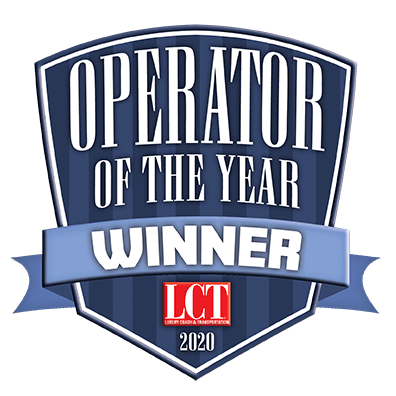New York City: Most Congested Traffic in U.S.
New York City was named the most congested city in the U.S. in 2022 by the Annual TomTom Traffic Index, as reported by News 4 New York last week. Woo hoo.
The News4 report said it takes an average of 23 minutes and 39 seconds to drive 6 miles in Manhattan and that the worst hour is Thursdays, 4 to 5PM. Luckily for Teddy’s many very busy business travelers, Teddy’s has flat fares for travel between Manhattan, or the airports, and towns like Darien, New Canaan and Greenwich thus avoiding a penalty when having to travel during rush hour.
And please don’t just think of Manhattan when you think of New York City. “NYC” is comprised of five Borough. In addition to Manhattan, New York City includes the Bronx, Brooklyn, Staten Island and Queens. Queens is where two major NYC airports, LaGuardia (LGA) and John F Kennedy (JFK) are located; a major draw for the millions of residents of southern Connecticut’s Fairfield County and of Westchester County, NY.
Greater New York has two other busy, centrally located airports including Newark Liberty (code EWR for some reason). Westchester County Airport (HPN), in White Plains, is busy too.
In 1938, a bill was passed to cap the number of taxi medallions at that year’s current amount of 13,595
- A 2019 report in CityLimits.org has the current number of medallions at roughly the same!
- Uber and Lyft, however, added “80,000” more according to The Verge in 2018. John McCarthy, a spokesman for the Metropolitan Transit Authority, told AM NY that “proliferation of Uber and Lyft over the past years has worsened Manhattan’s traffic.”
Counterintuitive to most, but ‘several studies including a 1993 Pricewaterhouse study, found that overall, in many cities deregulated, (as) the supply of taxicabs increased, fares increased, service quality declined and there were more trip refusals, lower vehicle quality …with only minor improvements in availability” as quoted from a Connecticut Legislative Fellow, Kristina Sadlak in a 2004 report to the Connecticut General Assembly.
Stories abound about taxi drivers, both traditional and of Uber, etc., of drivers now having to sleep in their cars most nights to make ends meet.
“Airports were planned for taxi lines, not this other large vehicle transportation mode,” said Tanvi Gandham, a management consultant in a New York Times article.
Congestion fees are already paid, on private car service, for trips to or from Midtown Manhattan, for people traveling from Greater White Plains or anywhere within New York State. Interstate private car service continues to be exempt, so far, saving $2.35 for passengers from Stamford, Greenwich and on through Westport, Wilton, Ridgefield, etc..
The other U.S. cities on top of the Tomtom report are Washington, San Francisco, Boston, Chicago and Baltimore.
In New York, like in many cities, Uber and Lyft used armies of people with bags of cell phones to go straight to the people to buy a nice car (or rent, often by the week or shift) and become a taxi driver for them. THEN, when called upon by the City of New York and lawmakers in Hartford, Boston, New Haven and more, plead for mercy on behalf of all those people that invested in cars in regard exempting them from having to apply for taxi permits or get the physical fitness card or fingerprinted background checks required of most more traditional taxi drivers.



